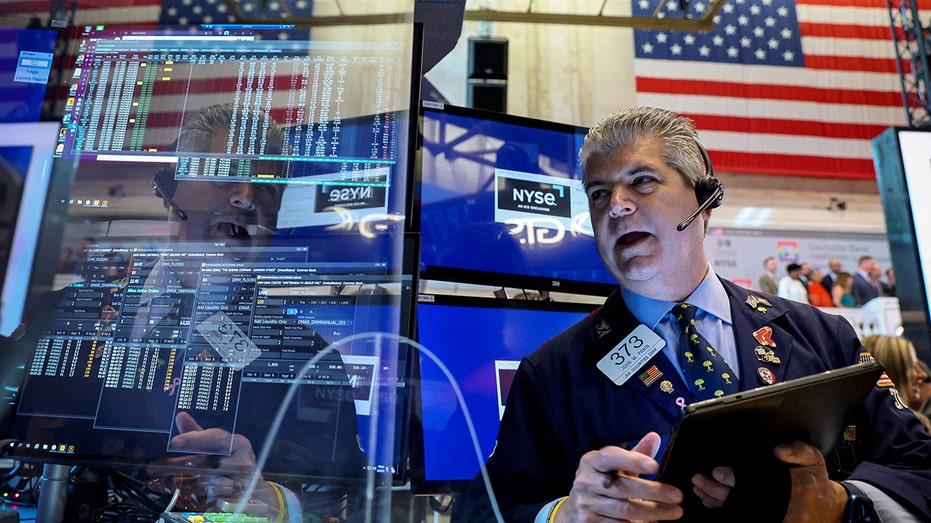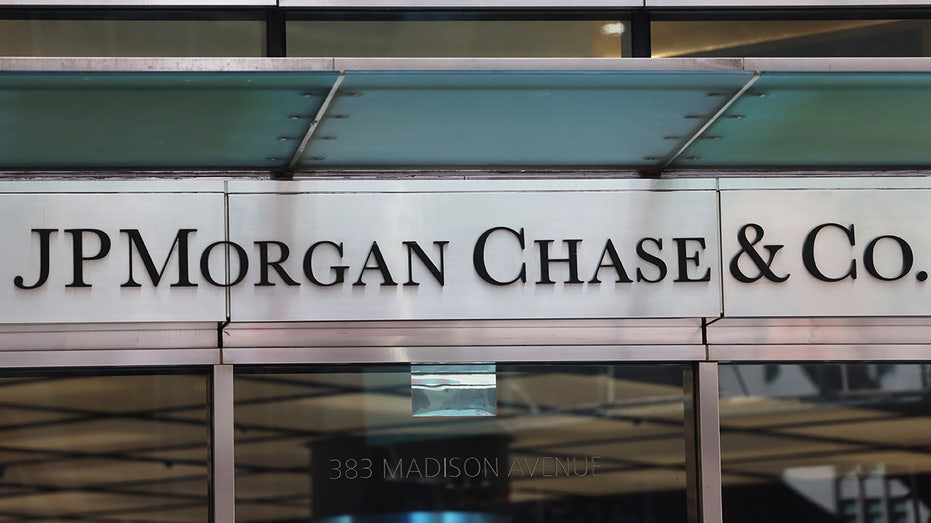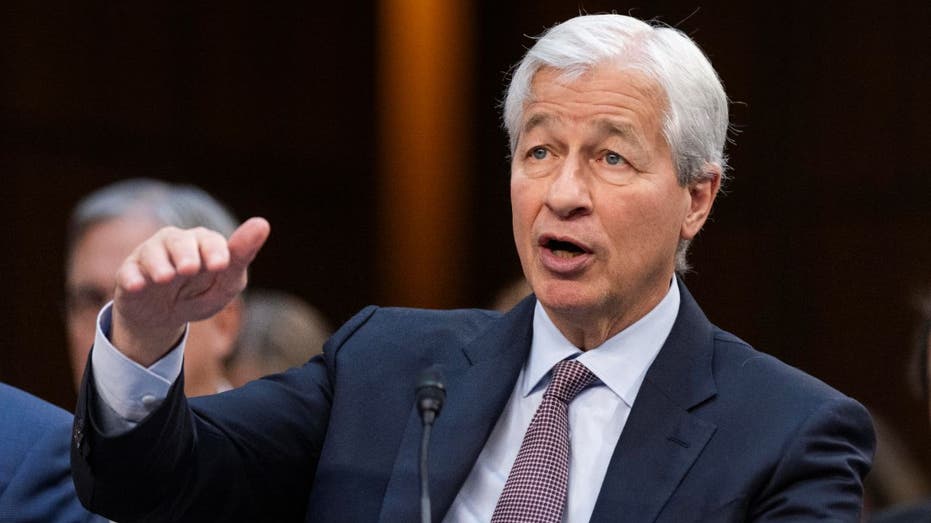Arbor Financial President Jeffrey Small argues that the ‘Magnificent Seven’ stocks will repeat their 2023 run in 2024 during an appearance on ‘Varney & Co.’
U.S. stocks smashed a new record high last week, but the rally may not last for long thanks to heightened risks that the economy returns to a 1970s-style stagflation scenario, according to JPMorgan Chase strategists.
In an analyst note to clients, the bank’s chief market strategist Marko Kolanovic warned that the economy may turn away from a “Goldilocks” scenario – in which it is not expanding or contracting by too much – and enter a period of stagflation similar to that experienced in the 1970s.
“Going back to the question of market macro regime, we believe that there is a risk of the narrative turning back from Goldilocks towards something like 1970s stagflation, with significant implications for asset allocation,” Kolanovic wrote.
ECONOMISTS PREDICT MUCH STRONGER GROWTH IN 2024. HERE’S WHY

Traders work on the floor of the New York Stock Exchange in New York City, on June 30, 2022. (REUTERS/Brendan McDermid / Reuters Photos)
Stagflation is the combination of economic stagnation and high inflation, characterized by soaring consumer prices as well as high unemployment.
The phenomenon ravaged the U.S. economy in the 1970s and early 1980s, as spiking oil prices, rising unemployment and easy monetary policy pushed the consumer price index as high as 14.8% in 1980, forcing Federal Reserve policymakers to raise interest rates to nearly 20% that year.
“There are many similarities to the current times,” the analysts said. “We already had one wave of inflation, and questions started to appear whether a second wave can be avoided if policies and geopolitical developments stay on this course.”
THE NUMBER OF HIGH-PAYING JOBS IS DWINDLING
Stagflation fears surged in 2022 as the Fed began aggressively hiking interest rates to quell raging inflation, but those dissipated last year amid signs that price pressures were subsiding without a substantial hit to economic growth.

The JPMorgan Chase logo is seen at the company’s headquarters building on May 26, 2023, in New York City. (Michael M. Santiago/Getty Images / Getty Images)
However, there have been some signs recently that progress on inflation is stalling. Back-to-back consumer price index reports in December and January came in above estimates, raising concerns that inflation could stabilize at an abnormally elevated level.
Investors were previously betting on a series of aggressive rate cuts this year, but they have dialed back those expectations following the hotter-than-expected inflation reports and cautious messaging from Fed officials.
GET FOX BUSINESS ON THE GO BY CLICKING HERE
“Investors should be open-minded that there is a scenario in which rates need to stay higher for longer, and the Fed may need to tighten financial conditions,” Kolanovic said.
JPMorgan CEO Jamie Dimon has also pointed out economic similarities between the 1970s and 2024, including the large fiscal deficits, massive government spending and changing trade flows.

JPMorgan Chase CEO Jamie Dimon attends a hearing on the Annual Oversight of Wall Street Firms before the Senate Committee on Banking, Housing and Urban Affairs in Washington, D.C., on Dec. 6, 2023. (Aaron Schwartz/Xinhua via Getty Images / Getty Images)
“I’m a little skeptical of this kind of ‘Goldilocks’ kind of scenario,” he said in December, during an interview with FOX Business’ Maria Bartiromo.



